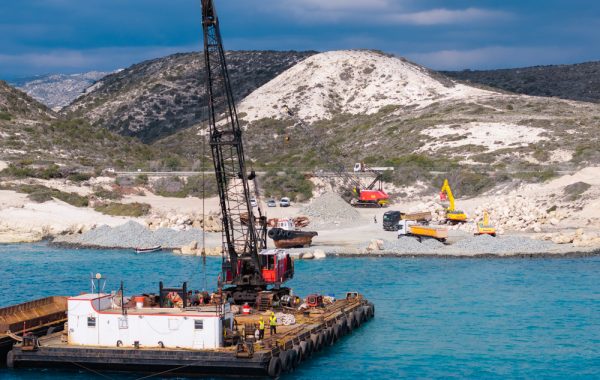Climate change is one of the most important threats the planet is currently facing. Alternative energy sources are a great way to tackle part of the problem and with Cyprus having so many sunny days, it is no wonder that so many photovoltaic parks have been springing throughout our island recently.
Normally, this would be a development that as an environmental organization we would support. However, there is a problem when such projects are planned within protected Natura 2000 areas and precious farmland. The result is loss of these valuable natural areas to make space for photovoltaic parks.
Such projects should be based on and be in synergy with other government policies, such as the protection of Natura 2000 sites, which still presents huge gaps. We believe that renewables should not be sited in key biodiversity areas or in valuable farmland, something that BirdLife Cyprus and other NGOs have repeatedly called for in the last year from competent authorities and Ministries.
At the moment, hundreds of photovoltaic park applications are pending for evaluation and Environmental Impact Assessment. Several have already been installed in Natura 2000 protected areas and within good agricultural land. The largest project in Cyprus, proposed to be installed within the Akrotiri Important Bird Area, is currently under review. The specific area of the proposed project is also one of the most fertile in Cyprus. If this photovoltaic project goes through, this important land and habitat will be lost, which will have significant negative impacts on the fauna of the area, especially Red-footed falcons that use the area during migration. We’ve already expressed our strong opposition to this project and we will continue to push the authorities.
A Strategic Environmental Impact Study regarding the policy for the installation of photovoltaic parks in Cyprus needs to be done urgently and we call on the competent authority to carry it out immediately. Such a study will determine the spatial planning for such projects and will exclude protected natural areas and valuable farmland. If this is not done, there is a very real risk that the installation of hundreds of photovoltaic parks in environmentally sensitive areas will have negative and irreversible impacts on the natural environment and biodiversity.




